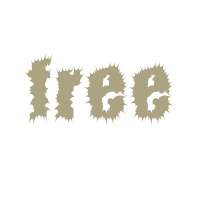

According to British linguist David Crystal, a general lack of Old English manuscripts makes it difficult to determine why a thorn or an eth might be used in a particular manuscript, but it could be because there was a difference in the scribe’s accent, the variations were fun, the scribe thought one looked better or was easier to write, or maybe they just didn’t notice. Originating from Irish, today it represents a slightly different pronunciation of the “th” sound than is usually associated with thorn, with eth being the “th” sound in the words this or there and thorn being the “th” sound in the word thorn.īut all evidence suggests that this pronunciation difference didn’t exist in Old English-they were often used interchangeably, even within the same manuscript. 1234qwer1234qwer4, Wikimedia Commons // CC BY-SA 4.0Įth is kind of like the little brother to thorn.

The upper and lowercase versions of the letter eth. Over the centuries, this meant that people began mispronouncing names-even today the first name of the UK politician Menzies Campbell is pronounced “MING-iss” rather than “Men-zees," though some Menzies do pronounce it with a Z. The yogh held on in Scotland, where its shape began to resemble a cursive Z-so when printing presses arrived, Scottish printers just replaced the missing yoghs with readily available Zs. It wasn’t a smooth process- according to linguistics professor Kate Burridge, “in the 1600s the word daughter was pronounced three ways: ‘dauter’, ‘dauchter’ and ‘daufter.’” Then, these new GH letters, through various linguistic processes, split into some of the wide range of sounds associated with "gh" today (though not all-the GH you see in ghost is thought to be from Dutch printers, for instance). According to English scholar Dennis Freeborn’s From Old English to Standard English, in just the Middle English poem Sir Gawain and the Green Knight, it could stand for the “y” sound in yet, the “ch” sound in German Bach or Scottish loch, and many more.īut as the years went on, scholars started replacing all the instances of yogh with Y, G, or GH in their texts.

Yogh represented quite a few sounds in Middle English. The upper and lowercase versions of the letter Yogh.


 0 kommentar(er)
0 kommentar(er)
